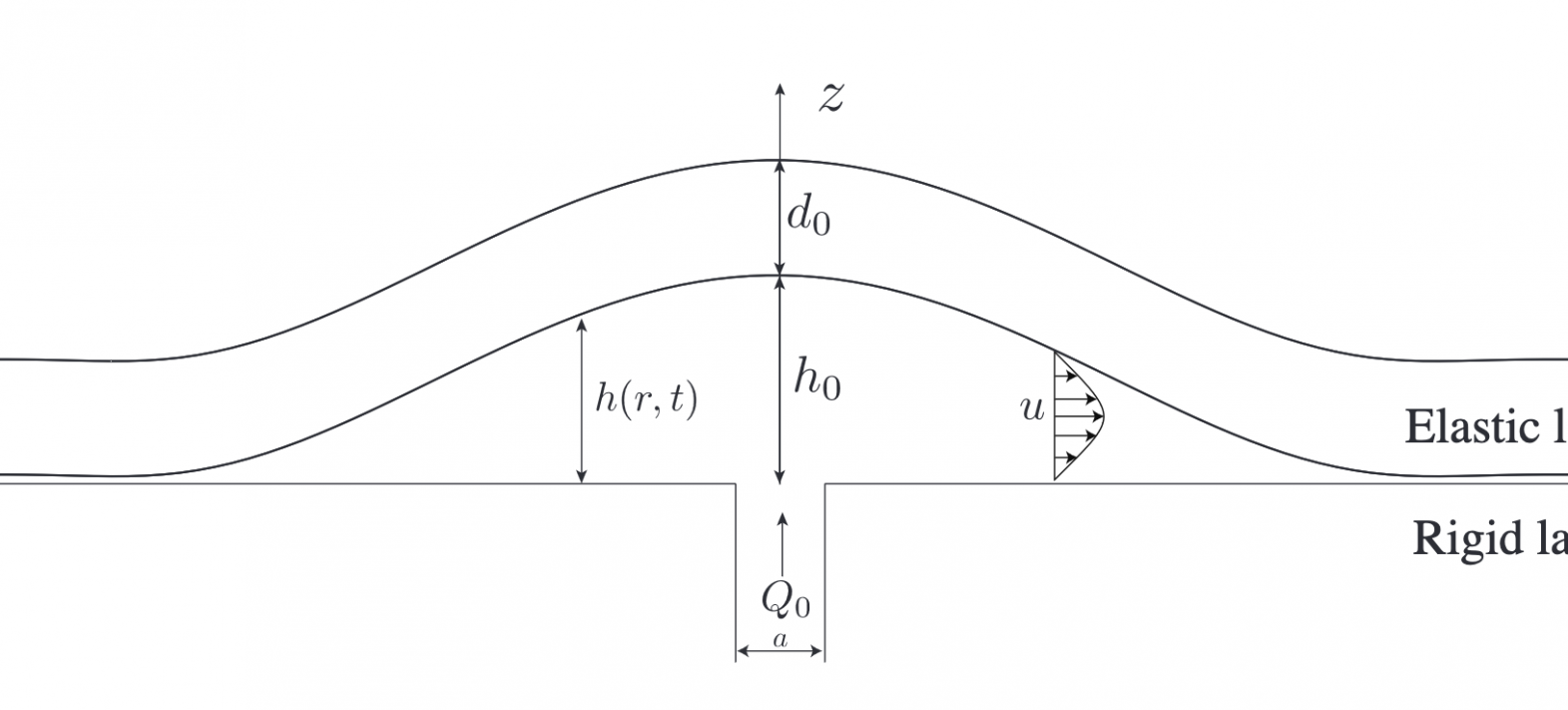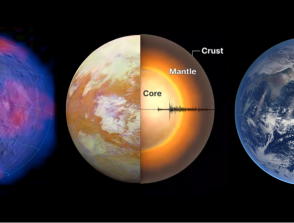Dynamics of shallow magmatic intrusions: theory and application to the detection of planetary intrusion

Start: 01 October 2012
End: 06 November 2015
Supervisors :
Mark Wieczorek, Chloé Michaut
Related teams :
Planetology and Space Sciences
Status: Defended
Intrusive magmatism plays a fundamental role in the accretionary pro- cesses of terrestrial crust. Indeed, when magma is forced to the surface, only a small amount of it actually reaches that level. Most of the magma is in- truded into the crust where it solidifies into a wide range of features, from the small scale sills and laccoliths to large scale batholiths (several hundred kilo- meters in size). The topographic deformation that could be caused by shallow intrusions can be constrained by observations of planetary surfaces; that is, volume, shape and other dimensions of intrusions can be quantified. However, such observations must be linked to dynamic models of magma emplacement at depth in order to provide insights into magma physical properties, injection rate, emplacement depth and the intrusion process itself. In this thesis, we first investigate the relation between the morphology of shallow intermediate-scale magmatic intrusions (sills and laccoliths) and their cooling. We propose a model for the spreading of an elastic-plated gravity current with a temperature-dependent viscosity that accounts for a realistic magma rheology, melt crystallization and heating of the surrounding medium. The mechanisms that drive the cooling of the intrusions vary from Earth to the Moon and the ability of the model to reproduce the final morphologies (aspect ratio) of terrestrial laccoliths and low-slope lunar domes is examined. On the Moon, the emplacement of magmatic intrusions into the crust has also been proposed as a possible mechanism for the formation of floor- fractured craters. We propose a model for an elastic-plated gravity current spreading beneath an elastic overburden of variable thickness. We find that several characteristics of floor-fractured craters are indeed consistent with the emplacement of large volumes of magma beneath their floor. In addition, using the unprecedented resolution of the NASA’s Gravity Recovery and Interior Laboratory (GRAIL) mission, in combination with topographic data obtained from the Lunar Orbiter Laser Altimeter (LOLA) instrument, we show that lunar floor-fractured craters present gravitational anomalies consistent with magmatic intrusions intruding a crust characterized by a 12% porosity. The implications in terms of lunar evolution are examined.





